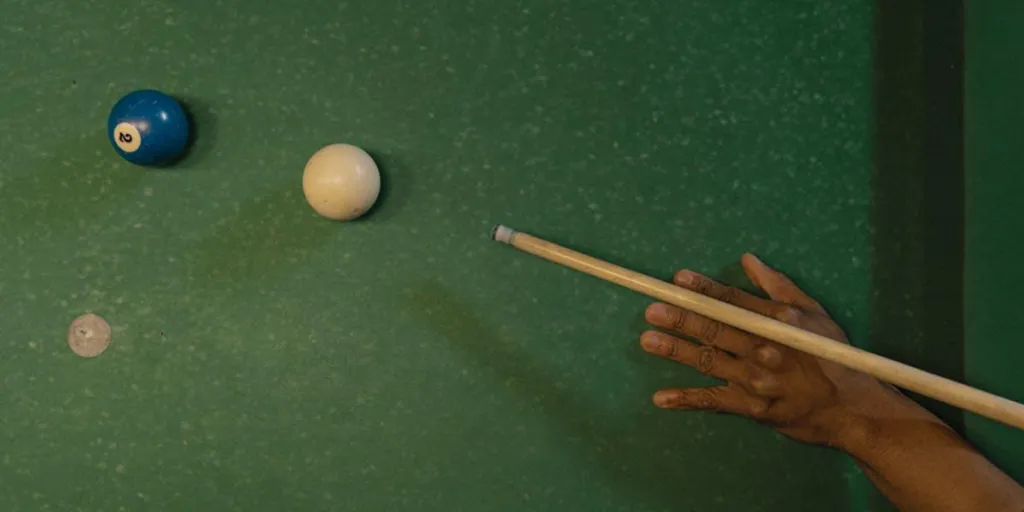Snooker and billiard cues come in a range of styles and variations. And while some customers may prefer an option that looks good, others may want a specific weight. Regardless, the main goal when stocking up on these products is for the player to be happy with their purchase. This means that retailers must strike that perfect balance between looks and quality.
This article will help businesses stock snooker and billiard cues that buyers will love, and it offers essential strategies that can be used to market them successfully in 2024.
Table of Contents
The current growth rate of the snooker and billiard cues market
Types of snooker and billiard cues
What to factor in when choosing snooker and billiard cues
3 strategies to boost snooker and billiard cue marketing efforts
Bottom line
The current growth rate of the snooker and billiard cues market
Experts place the snooker and billiard cues market’s growth rate at 7.8%. They project the market will reach US$ 2.59 billion at the predicted compound annual growth rate (CAGR) by 2030, growing from US$ 1.589 billion in 2023. The market exhibits this impressive growth due to the rapid increase of billiard halls, clubs, and tournaments. The rising popularity of cue sports also significantly contributes to the market’s potential.
Types of snooker and billiard cues
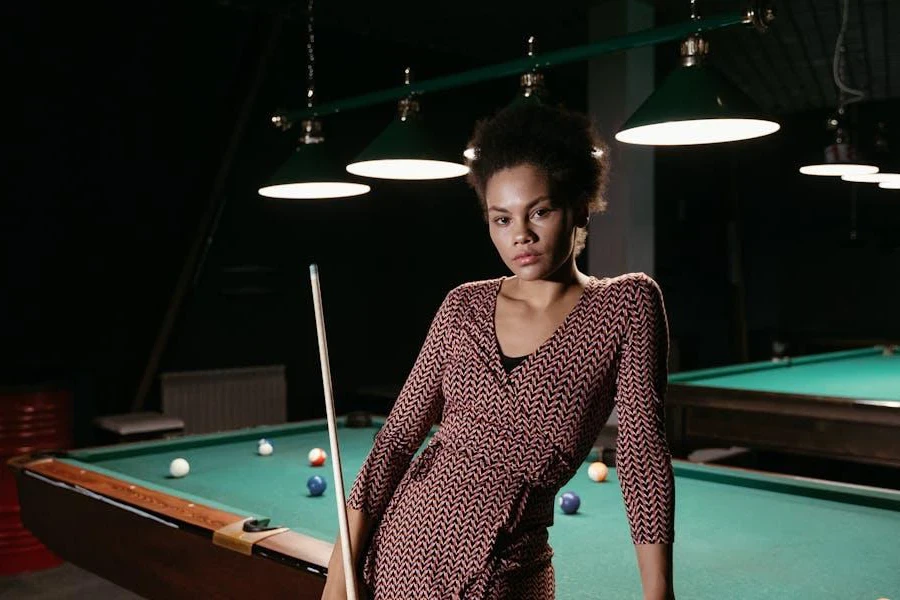
One-piece cues
These cues are a classic choice for pool or snooker. They often feature single pieces of wood, offering a smooth, solid feel during play. One-piece cues are also popular for home use, especially in bars or pool halls. Additionally, their simple construction makes them durable and affordable.
Two-piece cues
Two-piece cues have a separate butt and shaft joined together when ready for play. This design allows easy storage and transport, perfect for players on the go or with limited space. These cues offer a range of quality and price to suit various skill levels.
Three-quarter jointed cues
Three-quarter cues are a hybrid, combining aspects of one-piece and two-piece models. They have a longer butt section and a shorter shaft connected by a joint positioned roughly three-quarters down the cue’s length. This design compromises the solid feel of one-piece cues and the portability of two-piece cues.
What to factor in when choosing snooker and billiard cues
Material
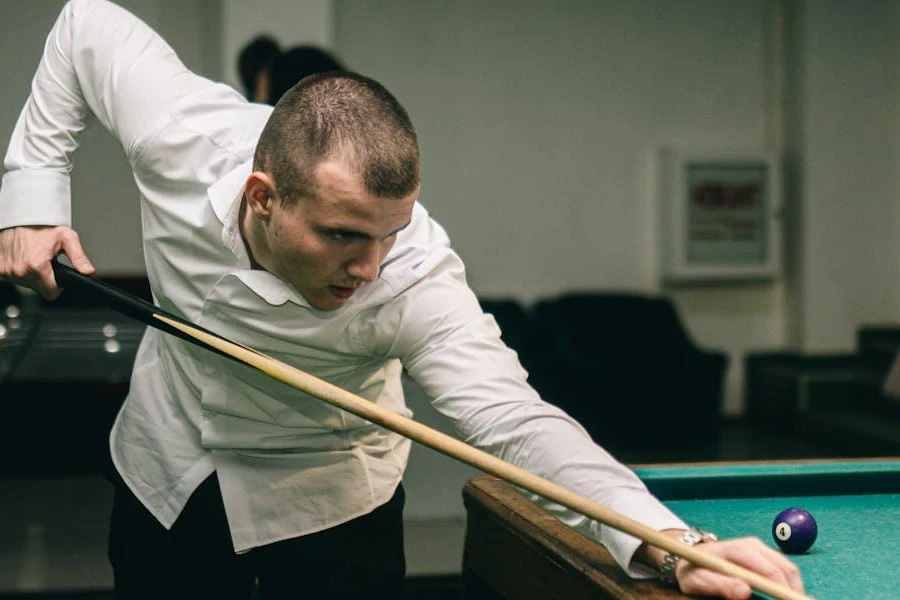
Wood is the main material used to make snooker and billiard cues. However, manufacturers offer options made from two different wood types to create some variety: ash and maple. Some options provide spliced designs that combine ash or maple with another wood type. Here are more details on each one.
Ash
Ash cues have distinct patterns in their wood grain. Some players like this because the patterns, like arrows or chevrons, can help them line up their shots. Additionally, ash cues often have wide and random grain patterns—though it doesn’t mean they are crooked or of lesser quality.
Ash cues are affordable and strong, perfect for casual players who enjoy playing pool at bars, pool halls, or home. They are also good for anyone who wants a decent cue without spending too much money. Ashwood is common, so these cues are easy to stock and great for beginners.
Maple
Maple cues are often yellower than ash and have less visible grain. If customers prefer a planer cue, maple might be a better choice. The color of maple cues can vary greatly, from very light to very dark, depending on their environment.
Maple is stiff and responsive, which experienced players like because it helps them make accurate shots. Cues made of maple usually show better craftsmanship and use higher-quality materials, appealing to those who want a great playing experience. Their usually light color also makes them perfect for showing off fancy designs, inlays, and custom wraps, all major attractions for design-focused customers.
Splicing
Whether one-piece or jointed, splicing cues can feature ebony or other heavy woods to contrast against ash or maple. Traditionally, cues are “four-point” spliced, but newer versions include 8 or 10 points for added strength. Cheaper cues may have simulated splices or decal designs, but their performance isn’t necessarily inferior—but more affordable.
Machine vs. hand splice
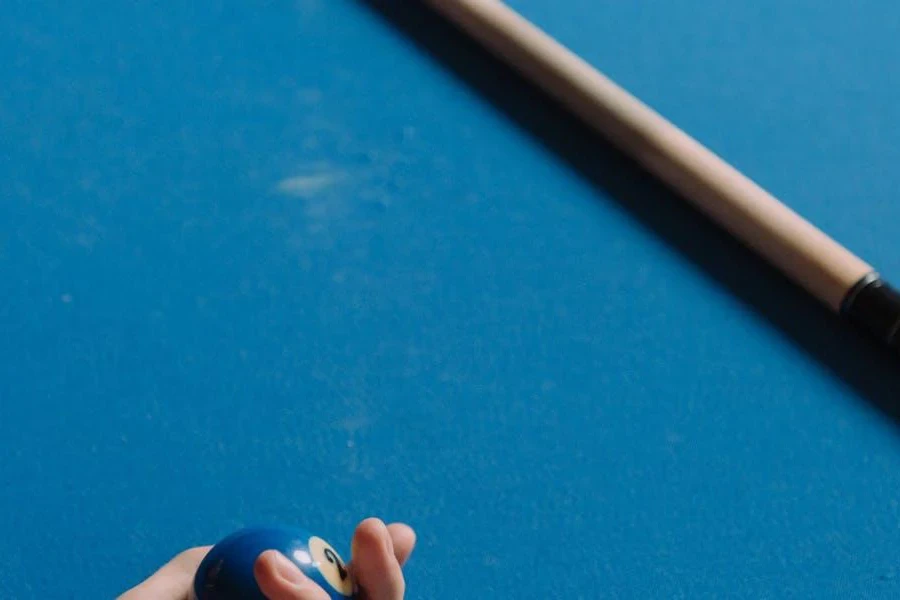
Machine and hand-spliced cues differ visually. While hand-spliced cues have rounded points, machine-spliced options look and feel sharper. Most customers see hand-spliced cues as traditionally superior due to higher cost, but advancements in machine technology have narrowed that quality gap.
Machine-spliced cues usually have a single and solid piece of wood design. Moreover, manufacturers add decorative splices around the handle area, primarily for appearance. They offer excellent value and consistency, perfect for beginners and intermediate players.
On the other hand, hand-spliced cues come from multiple carefully selected pieces of wood (often exotic hardwoods) glued together in intricate patterns. Skilled craftspeople carefully shape and finish each piece, leading to their higher cost. Hand-splice cues bring a higher level of artistry and a potential nuance in feel, appealing to more experienced or discerning players.
Weight

Cues come in various weights to cater to different games and player preferences. Traditionally, cues weigh between 16 oz (453 grams) and 18 oz (510 grams). Nowadays, many players prefer heavier cues, possibly influenced by the thicker shafts of conventional nine-ball cues, which are also heavier.
| Cue weight | Target audience (Primary) |
| 17 to 18 ounces | Beginners and short players |
| 19 to 20 ounces | Casual and intermediate players |
| 21 ounces | It is ideal for Intermediate players who are looking for more power. |
| 22 to 23 ounces | Experienced, strong players and break cue users. |
Cue length
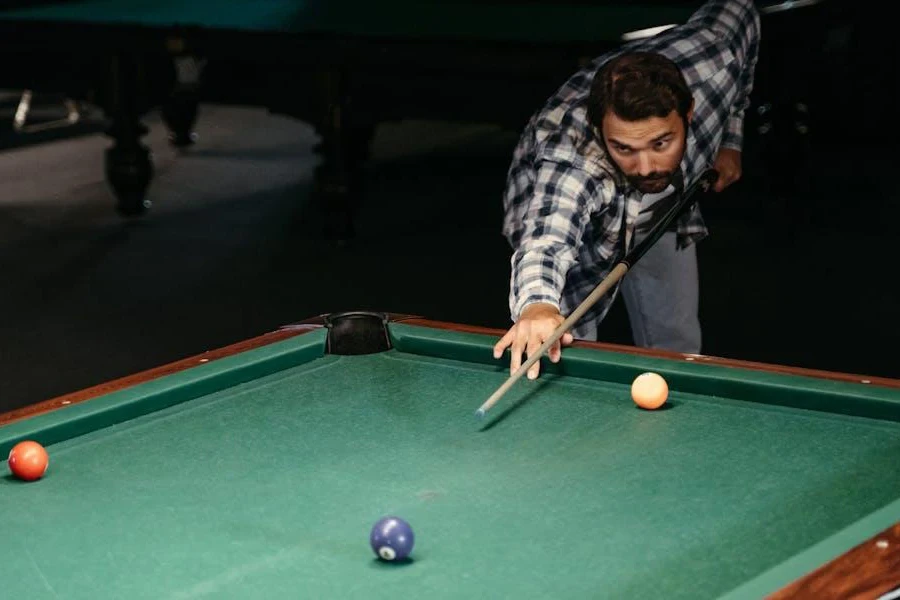
The most common cue length is 57 inches (144.7 cm). In the past, cues were custom-made to fit each player’s height and arm span. But nowadays, manufacturers standardize cues to 57 inches because that’s what most players are used to. They also set up their machines to produce cues at this length. However, if customers have a shorter or longer arm span and can’t use standard options properly, manufacturers offer cues in slightly different lengths to better suit their needs.
3 strategies to boost snooker and billiard cue marketing efforts
#1. Create cue guides

Produce in-depth guides on selecting the right cue based on factors highlighted in this article. For example, this guide could include a breakdown of weight categories (and their ideal players), explanations of how weight affects playstyle, a short quiz to help determine customers’ ideal starting weight range, and product recommendations from the retailer’s inventory within each weight category. Then, share them as detailed blog posts on store websites, a downloadable PDF for email signups, or an infographic series to share on social media.
#2. Showcase the craftsmanship

Invest in professional product photos that highlight amazing details. One great example is a close-up shot of a cue’s tip, emphasizing smoothness and craftsmanship. A cue resting on a table can highlight the wood graining and intricate inlays. Lastly, a series of photos showing the cue from different angles under good lighting will show its form perfectly.
Retailers can use these high-quality photos on their website’s product pages (make them the main images). They can also work in email marketing campaigns featuring specific cues. Businesses can intersperse their marketing on social media with action shots and videos to show beauty and performance.
#3. Build community and partnerships

Partner with a local snooker or billiard club to host a special event. This event could have the following components:
- Short demo sessions where retailers showcase their knowledge of cues and highlight how quality impacts play.
- Mini-tournaments with prizes to encourage participation (could be cues or store discounts).
- A “Test & Try” area that allows players to try different cues from the retailer’s inventory.
This strategy gives direct access to the retailer’s target audience in an environment where they’re actively engaged. It also elevates the brand as a game supporter, not just a business buyer. Remember to offer exclusive discount codes for attendees to drive immediate and trackable sales from the event.
The bottom line
Snooker and billiard cues are great purchases for people interested in them. If business buyers have physical shops, allowing customers to try out cues gives them a better feel and increases their chances of purchasing. Don’t shy away from high price points if the offers are of superior quality.
Also, the focus should be on communicating the value of those quality materials and constructions to the player’s long-term game. For more insightful topics like this, don’t forget to subscribe to Chovm’s Sports section for essential industry updates.
